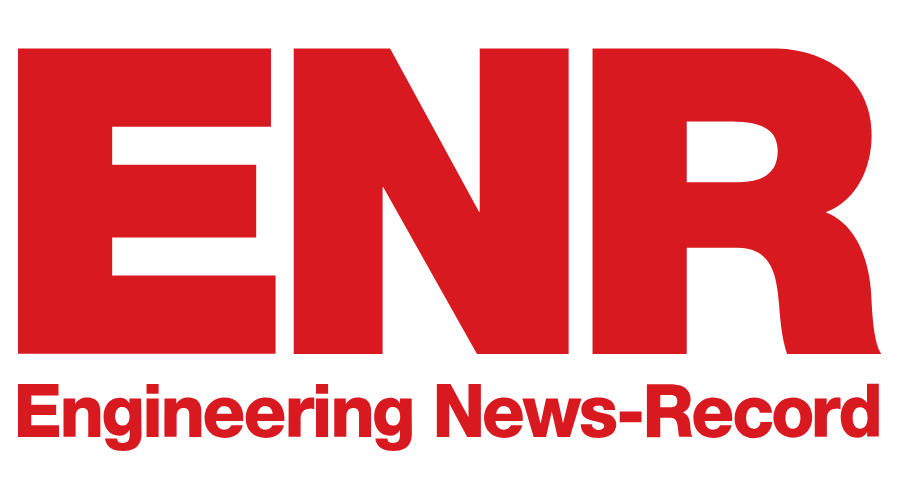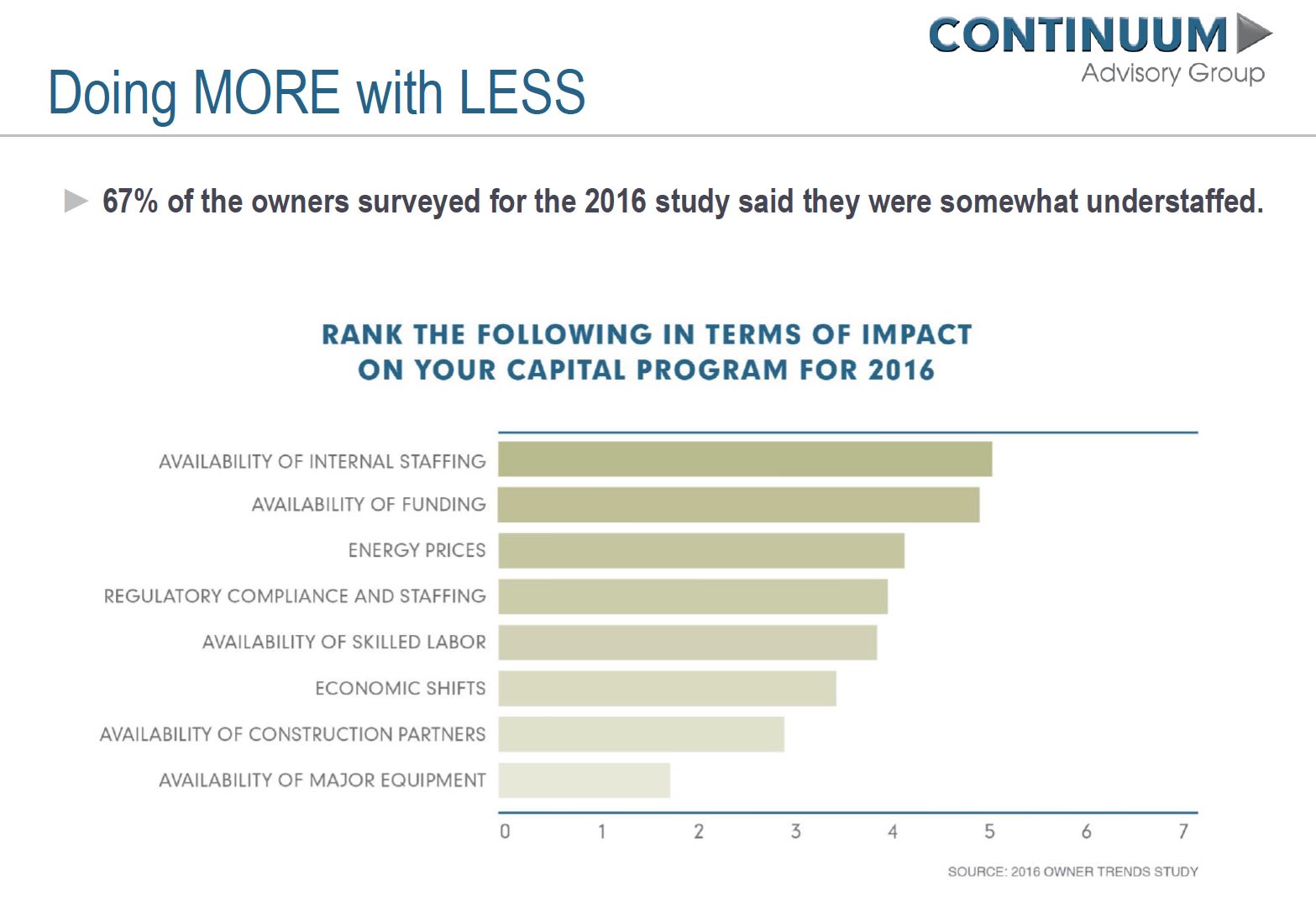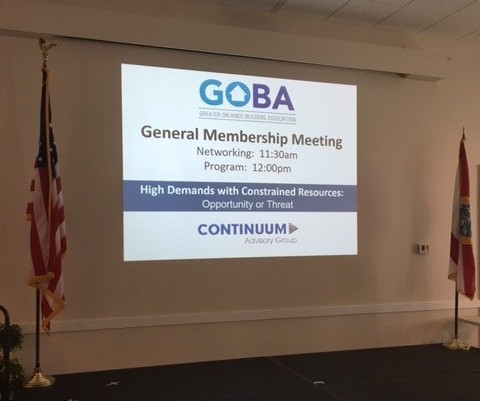Continuum Advisory Group Talks E/C/F Futures with Construction Industry Institute
The demands upon internal Engineering, Construction and Facilities (E/C/F) groups are increasing. They are being asked to do more with less faster to accomplish strategic business objectives. Continuum Advisory Group found this and more to be true in a recent study called “Order Takers or Value Creators – Engineering, Construction, and Facilities Groups as Critical Drivers of Organizational Performance.“
The study was produced in partnership with the Construction Industry Institute (CII). Continuum Advisory Group’s Matt Marshall presented the study’s findings recently with the Associated General Contractors of Colorado Subcontractor Relations Committee.




